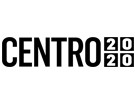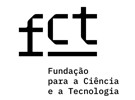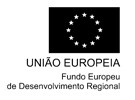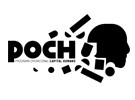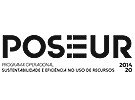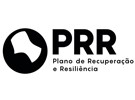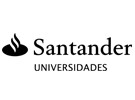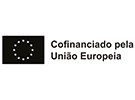



Publication in the Diário da República: Despacho nº 17071/2009 - 23/07/2009
3 ECTS; 1º Ano, Anual, 7,0 TP + 12,0 TC + 8,0 S , Cód. 64982.
Lecturer
- Sara Liliana Magalhães Barbosa Garcês (1)
- Sara Liliana Magalhães Barbosa Garcês (2)
(1) Docente Responsável
(2) Docente que lecciona
Prerequisites
Not applicable.
Objectives
By the end of the module, the student should have acquired knowledge of the following topics:
Fundamental notions, principles and concepts of prehistoric art, including:
a) The advances of research in this field and its main protagonists;
b) The themes addressed in artistic representations;
c) Chronologies, styles, functions and interpretations of prehistoric art;
d) The different techniques used in prehistoric art, with a focus on the peninsula, Europe and the world.
Mobile art:
a) Regional and chronological differences;
b) Supports and materials used;
c) Types of objects and production techniques;
d) Themes represented and territorial dispersion.
Rock art:
Hunter-gatherer groups:
Supports and techniques used;
Themes represented;
Relationship between art, space and chronology.
Producing societies (Neolithic and later):
Artistic characteristics of each chronological period;
Stylistic and symbolic evolution.
This module will enable students to understand the diversity and complexity of prehistoric art, as well as its cultural and historical implications.
Program
Students are initially taught the archaeology of art; from the Middle/Upper Palaeolithic/Mesolithic to contemporary street art. Contemporary Street art and graffiti is expected to be a focal point using observational approaches to make inferences to what might have gone on in the distant past. Using both archaeological and anthropological records, students will be expected to identify key philosophical points, i.e. the meaning of art, why it is used and where it is placed. From the course, students will gain a broad knowledge baseline of this global phenomenon. The course will be over six x four-hour sessions and will include:
Session 1. Parallels: Contemporary Street art what can it tell us about ancient art?
Session 2. General overview of Palaeolithic and Mesolithic art A global perspective
Session 3. A different type of art: Peripheral Europe
Session 4. New discoveries, new methods, and new ideas
Session 5. An ethnographic narrative of Palaeolithic and Mesolithic art
Session 6. Sign language looking at the meaning of abstract and geometric imagery
Evaluation Methodology
Essay: written component (50%), oral component (50%)
Bibliography
- Clottes, J. (2008). Cave Art. London: Phaidon Press
- Lewis-Williams, D. (2004). The Mind in the Cave: Consciousness and the Origins of Art. London : Thames & Hudson.
- Lévi-Strauss, C. (1963). Structural Anthropology. Basic : Books
- Nash, G. e Chippendale, C. (2004). Figurative Landscapes of Rock Art.. Cambridge: Cambridge University Press.
Teaching Method
Lessons are conducted using PowerPoint to demonstrate the subject matter supported by real-time digital content from the Internet.
Software used in class

